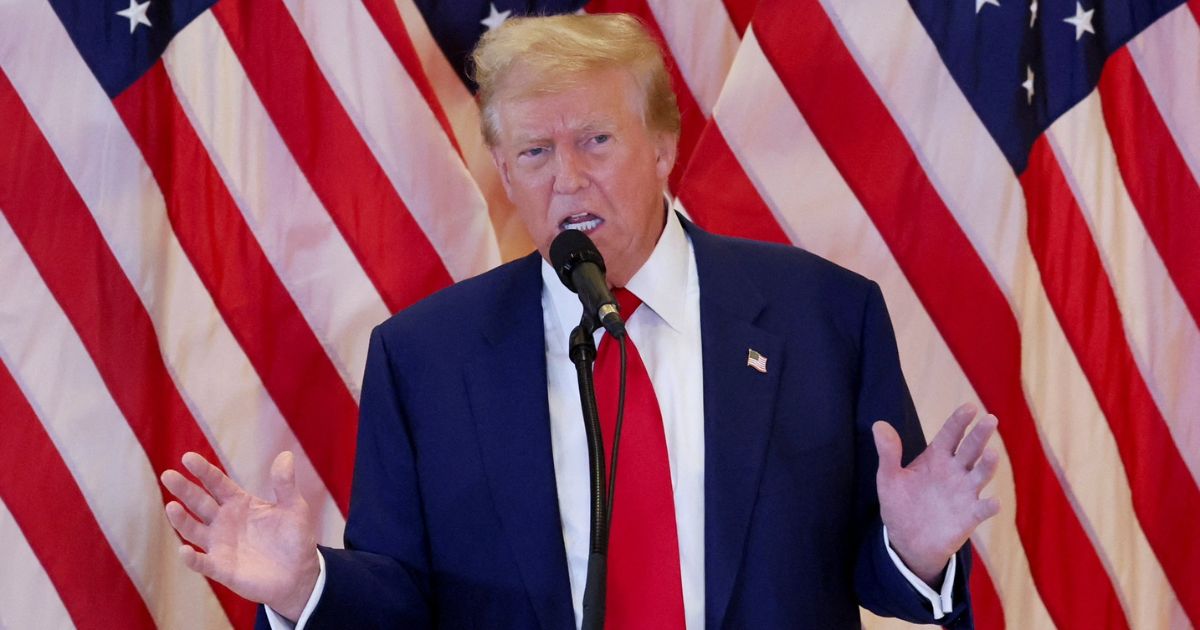President Donald Trump has repeatedly vowed not to touch Social Security. But with new policy moves and a worsening financial outlook for the program, critics are asking whether he’s quietly backing away from that promise.
Social Security is the bedrock of retirement for most Americans. For more than two decades, Gallup has reported that 80% to 90% of retirees rely on their monthly benefits to make ends meet. That’s why any hint of changes, whether direct or indirect, raises alarms.
To Trump’s credit, he has so far steered clear of cutting benefits directly. No proposals from the White House or Republican lawmakers have advanced that would reduce the checks retirees receive. He’s even rejected calls from within his own party to raise the full retirement age. That a move would lower lifetime benefits for future generations.
But there’s another side to this story.
While benefit cuts are off the table, for now Trump has opted for cost-cutting measures that affect how the Social Security Administration (SSA) operates. His recent executive order from February directed federal agencies to “optimize” their workforces. That resulted in a 7,000-person job cut at the SSA and the closure of some local offices. These changes may not affect checks today, but they impact how efficiently Americans can access services and support.
This isn’t new. All four of Trump’s budget proposals during his first term included what his administration called “efficiency-based” reductions to Social Security, with savings estimates ranging from $24 billion to $72 billion over a decade. One example: he proposed halving retroactive benefits for disabled workers, from 12 months to just six.
Elon Musk should have been fired the moment he called Social Security a “Ponzi scheme.”
He’ll be fine. Seniors aren’t going to be fine if continues with his rampage on this program. pic.twitter.com/KlrUUAJru4
— Senator Mark Kelly (@SenMarkKelly) April 3, 2025
So, has Trump broken his Social Security promise? That depends on how you define “touching” the program. He hasn’t reduced checks, but he has made administrative cuts and backed cost-saving measures that affect how the system functions. In that sense, he has moved the goalposts on his own pledge.
But beyond the politics, the financial future of Social Security is undeniably bleak. According to the 2024 Trustees Report, the Old-Age and Survivors Insurance (OASI) Trust Fund is on pace to run dry by 2033. If that happens, benefits for retired workers and survivors could be slashed by 21%. And the cost-saving measures Trump has enacted barely move the needle on the $23.2 trillion long-term funding gap.
Fixing Social Security will need tough decisions. Democrats favor raising the payroll tax cap so that higher earners contribute more. Republicans, on the other hand, often propose gradually raising the retirement age. Either approach alone isn’t enough. But a bipartisan solution could make a real difference.
Katherine Clark: “What they are doing here is wrecking the infrastructure of Social Security so they can rob the benefit … it is an outrageous ripoff of the American taxpayer that we are seeing from this administration.” pic.twitter.com/mtaG0vrpYZ
— Aaron Rupar (@atrupar) April 4, 2025
With more than three years remaining in his second term, Trump still has time to take meaningful action. The question is whether he’ll choose to lead on Social Security reform or leave the heavy lifting to his successor.









